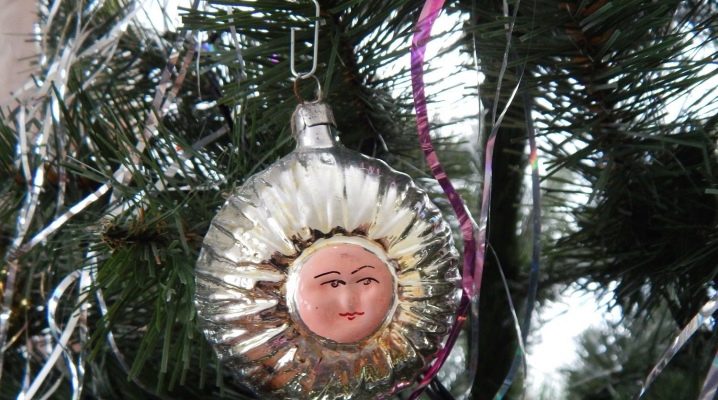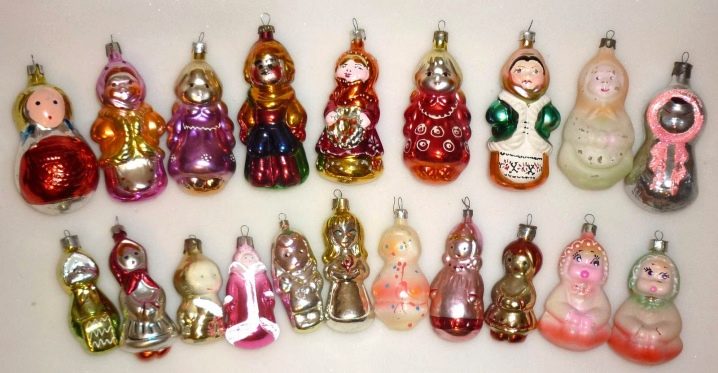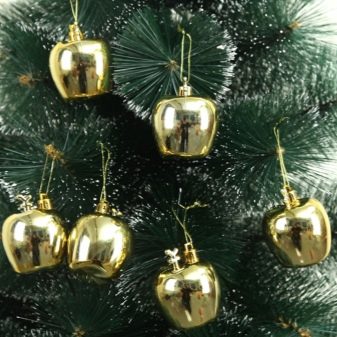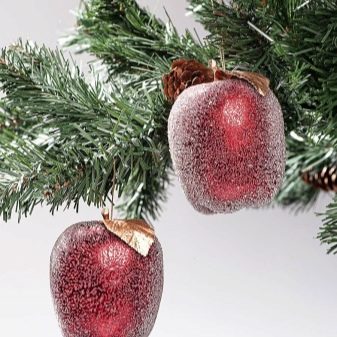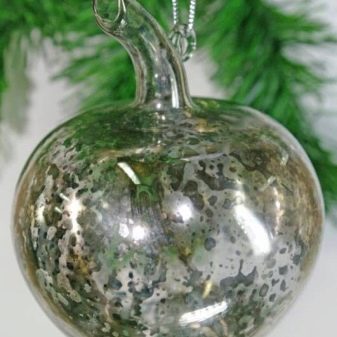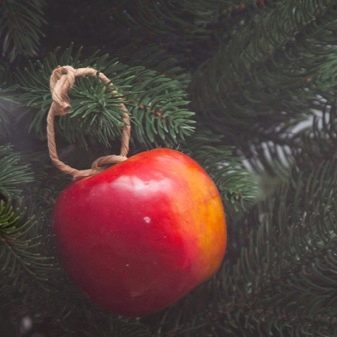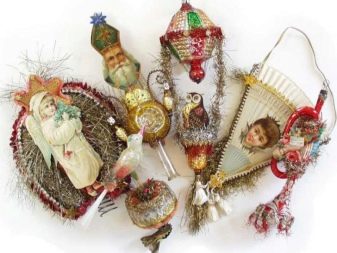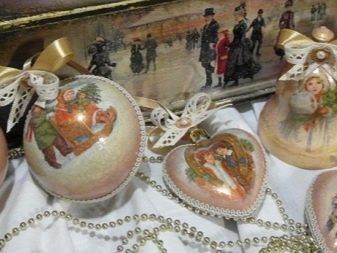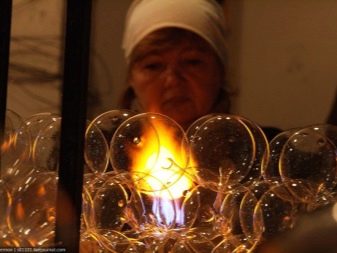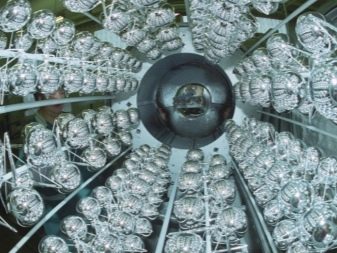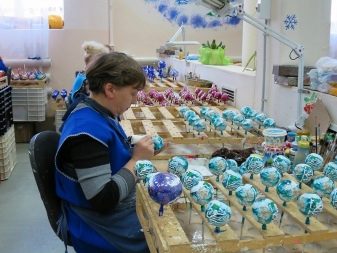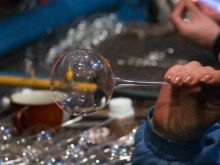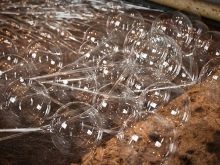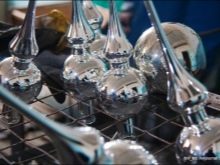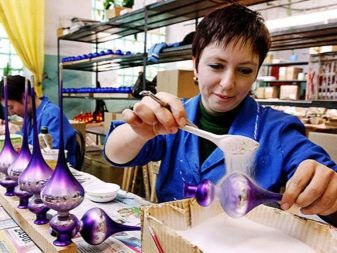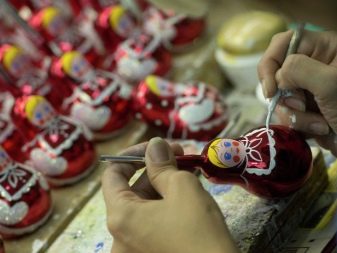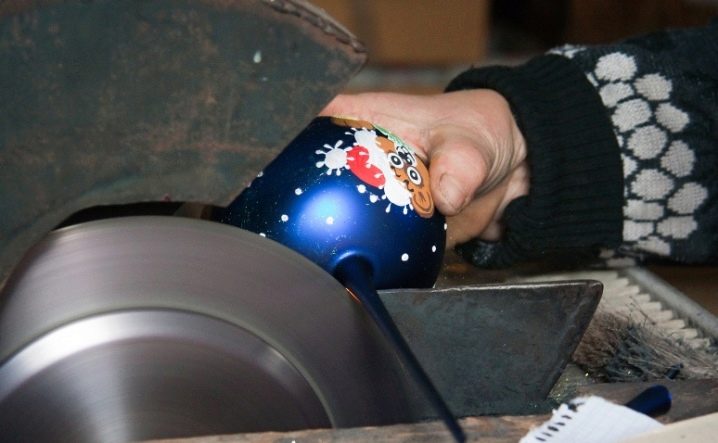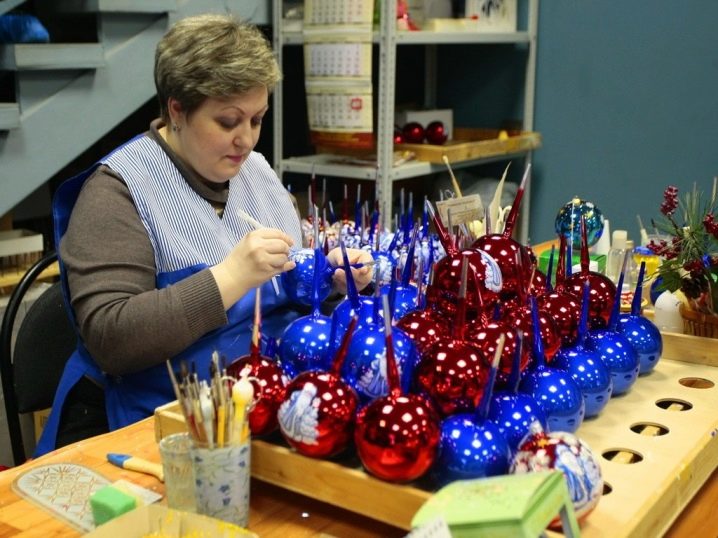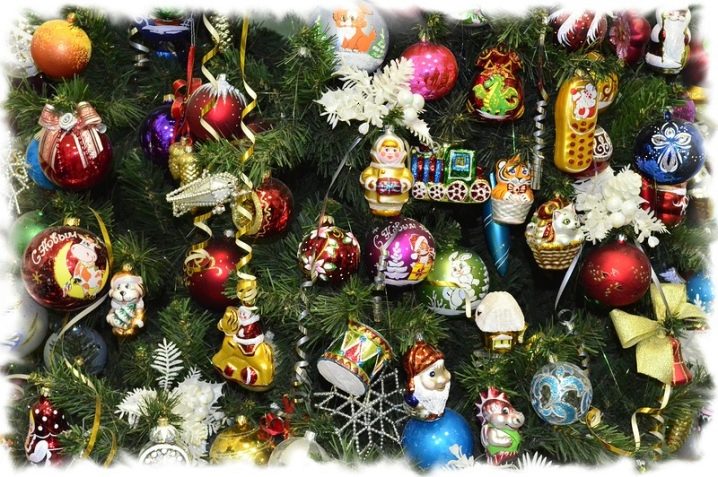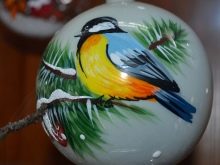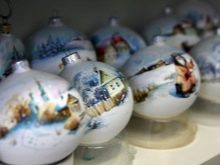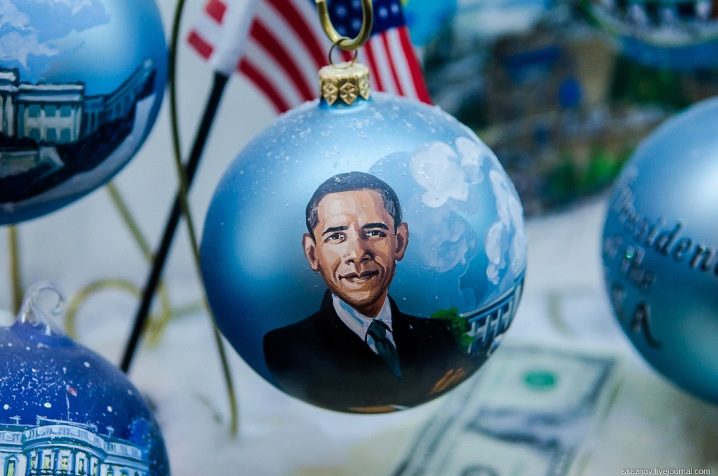Glass toys for the Christmas tree: features, history and production
Glass toys for the Christmas tree is a kind of classic. From Soviet times, it was figurines made of glass that were traditional symbols of the New Year. However, the history of these toys and the features of their production remained little known. Later, when fragile glass balls replaced plastic toys, it was completely uninteresting to anyone. Now glass Christmas decorations are experiencing a rebirth, and many want to know the history of the occurrence of these wonderful toys.
Appearance history
Glass Christmas toys first appeared in Germany, in the town of Lauscha, in the XIX century. The glass apple, the progenitor of all subsequent generations of New Year's glass toys, was created in one thousand eight hundred and forty-eight.This form of the toy was not chosen by chance: the year turned out to be barren, and savvy artisans blew out a batch of glass fruits, which were instantly sold out. This marked the beginning of mass production.
In the same 1848, the production of glass Christmas-tree decorations was opened in the Russian Empire. The plant was located in the town of Klin, Moscow Region. The company existed for quite a long time, producing exclusive New Year's toys, until during World War II it was almost completely destroyed. It was possible to restore it only in the fifties thanks to local residents.
How do?
These fragile works of art - glass toys for the Christmas tree - are made by hand. This gives them a special value and charm, preserving the human warmth of the master who has produced such beauty.
Manufacturing is divided into four main stages:
- proper blowing toys;
- her silvering;
- painting and painting;
- trimming the "tail".
At the first stage, a glassblower blows a toy out of a preheated to a thousand degrees. The blank is a glass tube about half a meter long.Decorations are blown by the power of the light wizard; no special technique is used here. The easiest way to make a simple ball, more difficult - shaped or shaped ornaments.
The product received at the first stage is not yet a New Year's toy in the full sense of the word. This is just a transparent figure, which needs to be cooled in order to pass the remaining stages, the next of which is silvering. Its essence lies in the fact that in the "cake mix" toys pour in a special solution, which consists of silver, ammonia and simple distilled water. Next, the workpiece is dipped in boiling water and gently shaken to evenly cover the silver wall of the figure. After that, the product is covered with a layer of monochromatic paint and left to dry.
The third stage is painting the toys. Of course, all operations, including this, are done manually. Figures of a simple form during painting can be simply dipped in a container with paint. More complex products, such as the Nutcracker, house, icicles of various shapes, toys in the form of animals (bunny, owl, hedgehog) are painted using a spray bottle.
As for the application of the pattern, pattern,here only hand-painted is allowed. In this case, despite all the skill of the artist, it is difficult to find two completely identical figures. It is this uniqueness that gives glass toys such value.
The final fourth stage of manufacturing consists of one simple operation. This circumcision of the "tail" of the toy is the remainder of the tubule from which the product was made. Then a loop is attached to the ready-made figures, packed and sent to stores where these beautiful “holiday pieces” are waiting for their buyer.
Manufacturers
Of course, the factories for the production of glass Christmas decorations are not so few. There is no need to list everything, it is enough to mention two, whose history goes back more than a dozen years.
- The oldest factory in Russia is located in the town of Klin. It was there that for the first time in the middle of the XIX century Christmas-tree decorations were made of glass. It happened at the initiative of Prince Alexander Menshikov, who opened a small production in the city. The locals who had learned at the factory subsequently began to work for themselves, opening small workshops attached to their homes.
Now it is the “Yolochka” factory, the work on which is considered prestigious in the city. The products of the factory are of high quality and meet all international standards. It can be found at Christmas fairs around the world. It is not without reason that the history of this production goes back almost two centuries; during this time, all the manufacturing technology has been perfected, which is recognized by buyers not only in Russia, but also abroad.
- Another “veteran” of glass blowing business is the Ariel factory. It was created later, "Fir Trees", but the quality of its products is not inferior to it. In addition, this company is one of the favorite places for excursions. Not less than sixteen groups pass through the plant per day, which indicates a genuine interest in this long-standing art.
The products of this company also has excellent decorative properties, the coating is of high quality, it lasts a long time and does not crumble. Paints are bright, juicy, resistant. No wonder that at one time it was this factory that received special orders for the production of toys from the United States of America. It was necessary to portray on the balls of President Barack Obama.
The artists decided that the president’s business card (a wide smile) would be most appropriate, and portrayed him with such a broad smile. However, customers felt that Obama was too cheerful and needed to be given a little rigor. As a result, balloons with a restrained smiling Obama flew to the US, and our masters were left with the memory of an open smile.
A detailed story about the production of Christmas decorations - in the video below.
